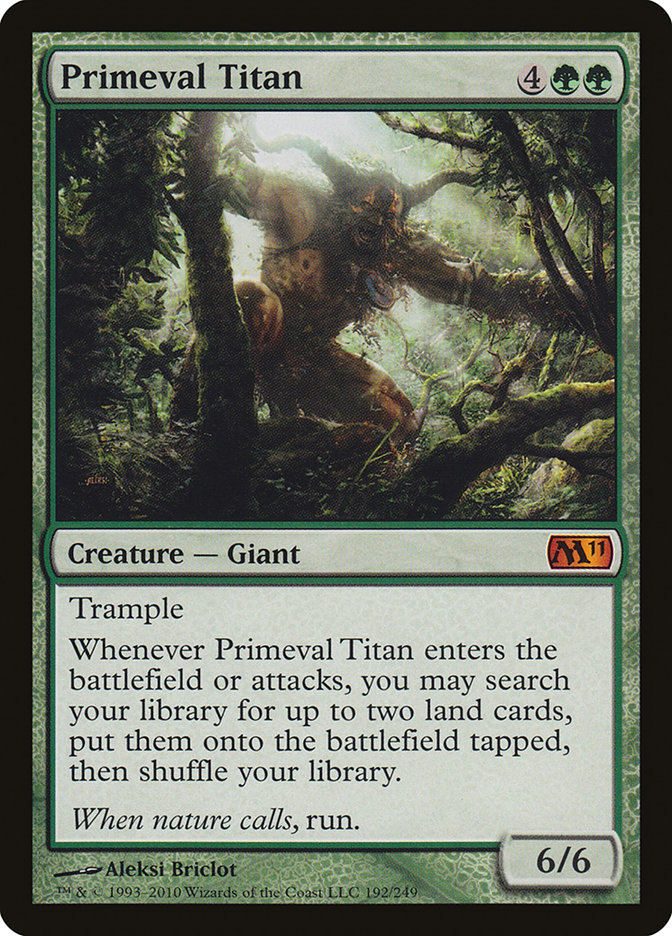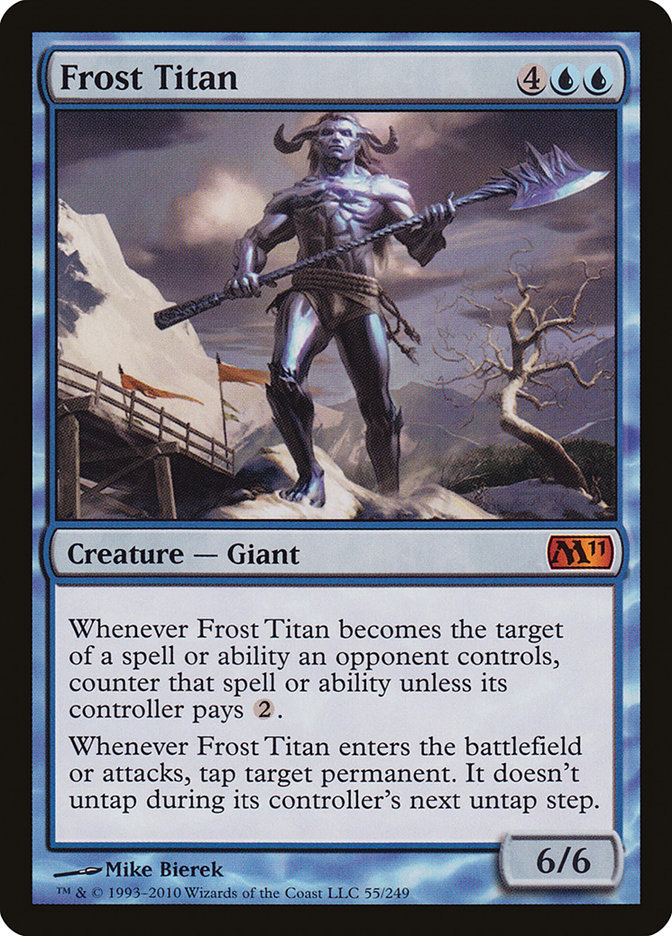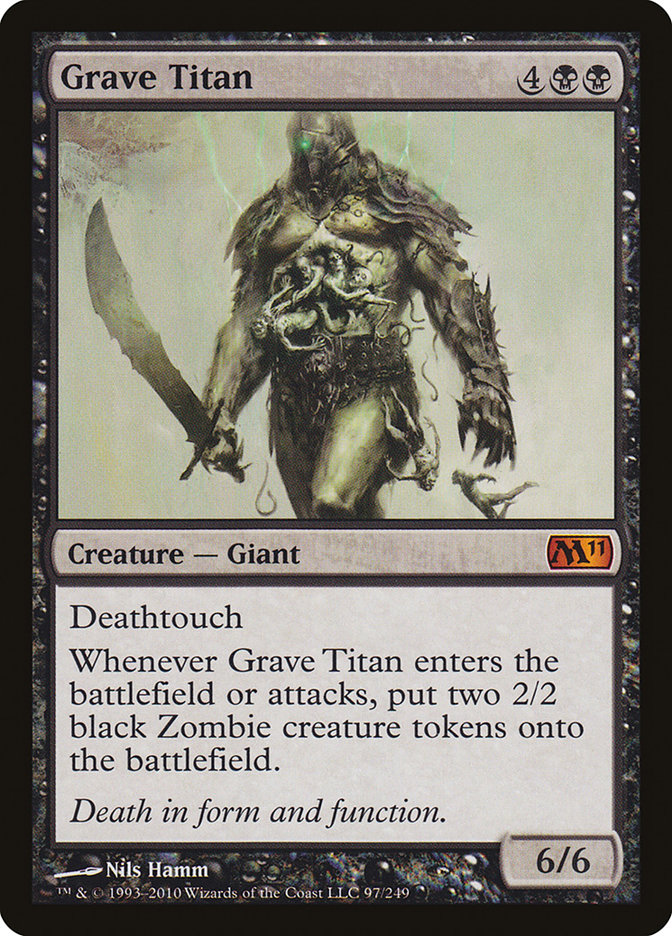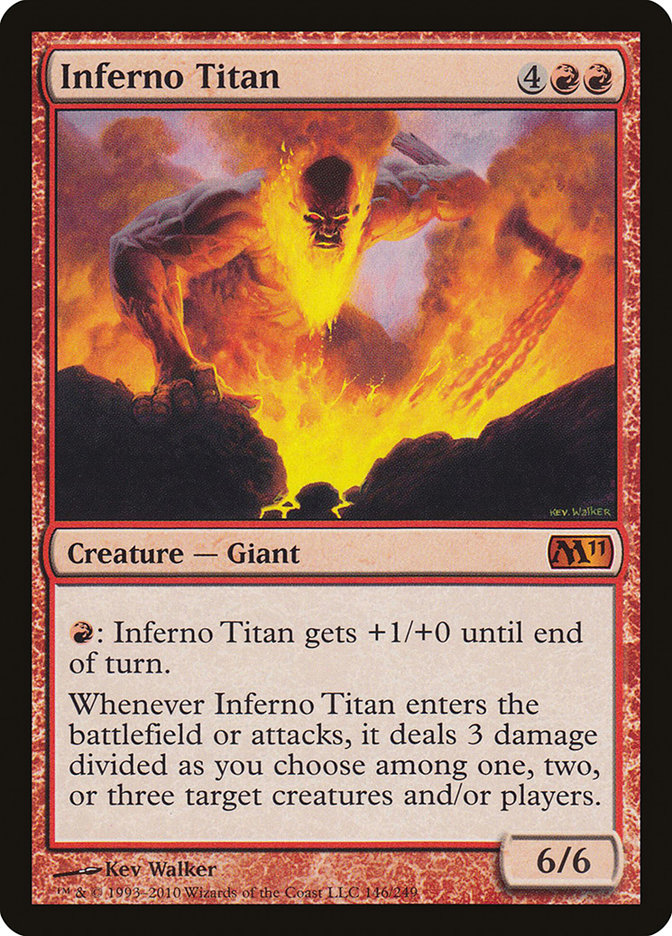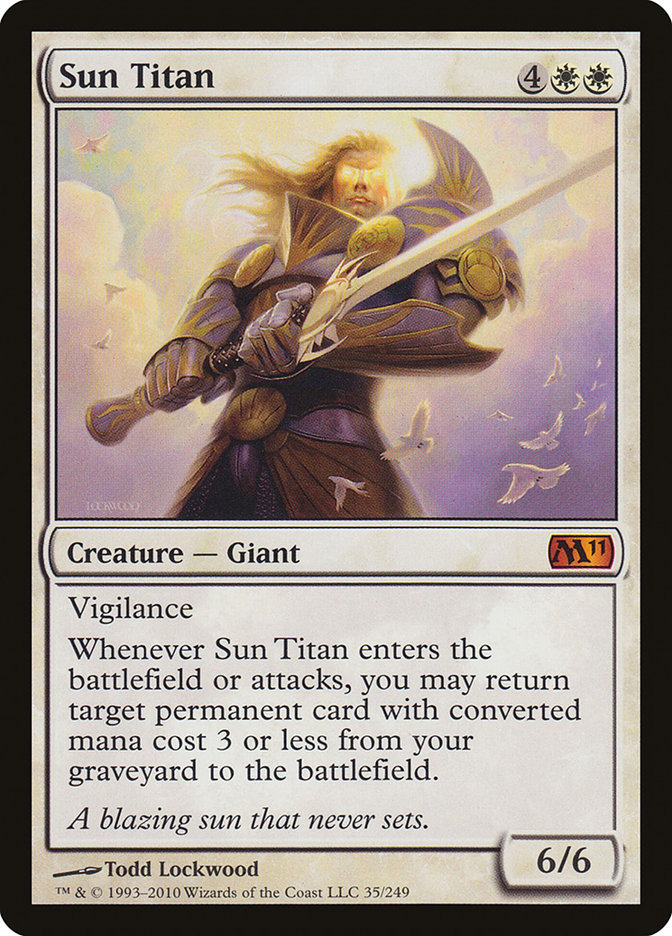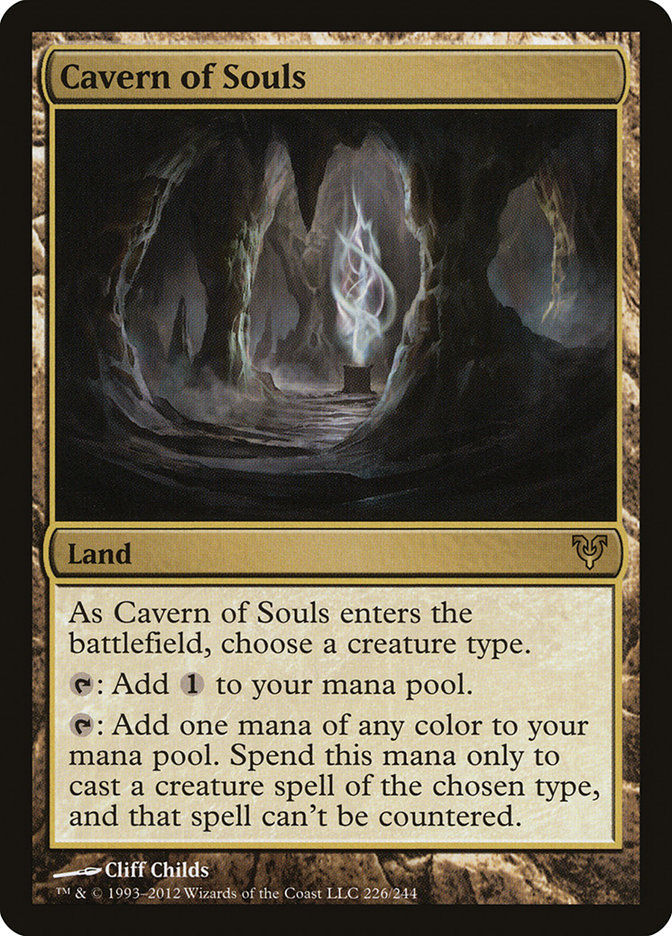I wasn’t quite done with this article when I saw [author name="Ari Lax"]Ari Lax’s[/author] new article that was remarkably similar to what I was planning on talking about—namely, that we should be looking to Block Constructed rather than current Standard as our guidepost for future Standard. Ari’s examination was certainly one approach, and seeing him make it I decided to shift, slightly, my own approach to the question.
One of the first things to look at is simple. What the heck are we working with?!
Current Standard: eight sets
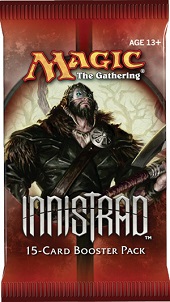
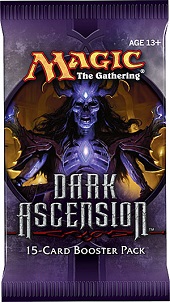
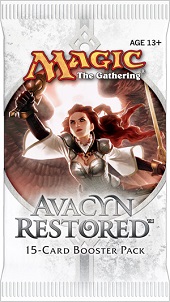
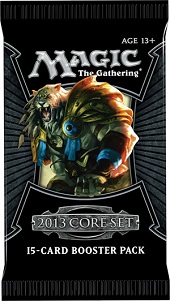
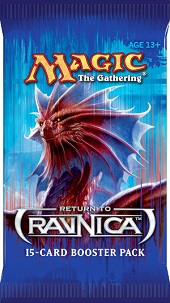
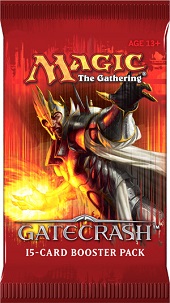
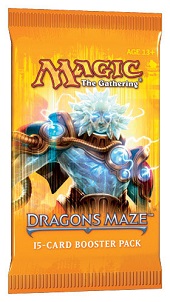
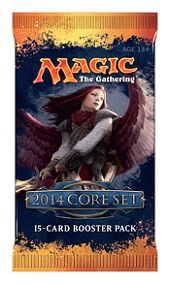
Future Standard: five sets




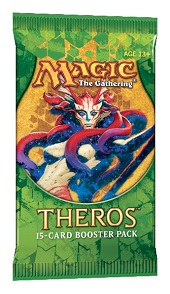
Now, does Future Standard have more in common with Current Standard or with this:




When we look at it visually, the answer is obvious.
One of the things that I did a lot more in the past, particularly as I was first reintroducing myself to Magic Online, was I would play a lot of Block Constructed. Between drafting and playing in Block Constructed, I could get in a lot of Magic and was able to build up my collection so that I could actually start building Standard decks.
Furthermore, in doing so, I’d also be able to help people prepare for Block Pro Tours, primarily because even when a Block was only two sets along, the lessons that you’d learn about what was important usually wouldn’t change when you added on a single set. The specific interactions that would happen would shift, some decks would get a huge boost, and new things would emerge, certainly, but you could learn about cards. You’d learn that some cards that might not have looked all that enticing in Standard were actually huge powers when it came to smaller sets simply because the ecology was a lot less developed.
Looking at emerging Standard formats through the lens of Block Constructed makes even more sense lately. While these monsters might have made a huge dent in Standard:
Usually base sets don’t do that much to wildly throw a format out of balance. A card like Burning Earth has an influence, to be certain, but doesn’t proactively insist that a deck be made around it, and while it causes a huge headache for opposing decks, “hate” cards have never driven a deck out all by itself—they need a framework to be built upon that makes a deck already work. When we think about the prime example, hate foisted upon Faeries, it took the existence not only of both Great Sable Stag and Volcanic Fallout to drive Faeries out but also a decent deck that could play them both.
Base sets are largely designed to be solid but not distract from the main block sets that are intended to have the sparkle and shine. Thus, in broadcasting towards a future Standard, we can almost think of it like this:





Let’s start with Block.
The Real Top Decks At Pro Tour Dragon’s Maze
I know I’m an old fogey for this reason, but I miss single-format Pro Tours. Picture me putting on an old man voice and saying, “Back in my day,” but that’s basically how I feel. To me, the best Pro Tours help us understand a format. I loved knowing what the best decks were in Constructed formats and what the best strategies for drafting a format were. I miss the Limited Specialist like Steven O’Mahoney-Schwartz. We still have vague semblances of Constructed mattering, but it is so much harder to measure how successful someone is at a format now.
New Pro Tour formats make a lot of sense for Wizards of the Coast. Their internal numbers showed that Limited formats simply drew less interest than Constructed formats. In addition, the mixed format greatly rewards super teams who can conglomerate and work together to best approach the format together; this, in turn, leads to more repeat top performances from the same faces, a result Wizards of the Coast also wants. I understand that there are valuable elements to the change. I just prefer the pure knowledge that comes out of single-format Pro Tours.
That said, we can create an overarching map of success using what public data we have. Of the 102 players who finished Pro Tour Dragon’s Maze with eighteen or more points in Constructed, Wizards of the Coast published the lists of 97 of them. With that, and by separating out the Limited portion of the event, we can come to some conclusions. I’ve compiled the data into a table, and because I think that visually representing the results is stronger than simply putting numbers in, I’ve represented each player playing an archetype as an X.
It’s important to restate the caveat to this chart with something that should be obvious—even this information is only a vague approximation of the true success of any particular archetype. First of all, the Limited rounds skew the results hugely; a player can just bomb the Limited and then simply be playing against weaker opposition and thus bump up their results. In mixed formats, there really is nothing you can do about that skewage of the results. Also, mixed formats don’t reward as much work in Constructed as single format events do (obviously). While people still put in a ton of work, they are also working on the Limited portion.
In addition, people are at heart, even at the Pro Tour, often lazy. This was true before, and it is true now. However, mixed format events give people even more reasons not to work on Constructed as they instead “work” on Limited; I put this in quotes because while there truly is real work to be done in Limited, many people just simply love to draft, and if they are drafting, they imagine that is doing “work” in and of itself when really they are just having fun with Magic. In my experience working with many teams both before and after the switch a few years back, there certainly is a little less work that seems to go into Constructed than there used to be.
All flaws aside, here is the breakdown of the data from Pro Tour Dragon’s Maze:
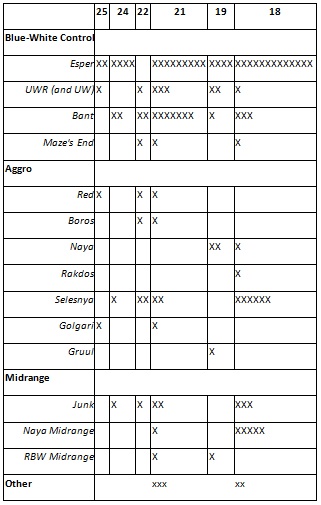
Yeah, the “other” category at the bottom is differently formatted. I’ve included it just for completeness because there are five players whose archetypes aren’t listed in the overall list but were indeed at eighteen points or more (three at 7-3 and two at 8-2); this information could greatly influence our understanding of “what is good” if, for example, they all played similar decks.
The first thing that should be resoundingly obvious is that things don’t look exciting for non-control players. Esper, and to a lesser extent Bant, both look like they are pretty overwhelming for the aggressive decks to deal with. Craig Wescoe success at the event notwithstanding, Selesnya was outperformed by blue-based control at every turn. Just look at Bant alone and you can notice that the only place where Selesnya outpaces Bant is at the bottom of the successful decks.
All of this is interesting, of course, but it is helpful to know how successful a deck is relative to its representation. Making this comparison gives a much better sense of performance.
If we do that for all of the decks played by more than five people on day 2, we have the following:
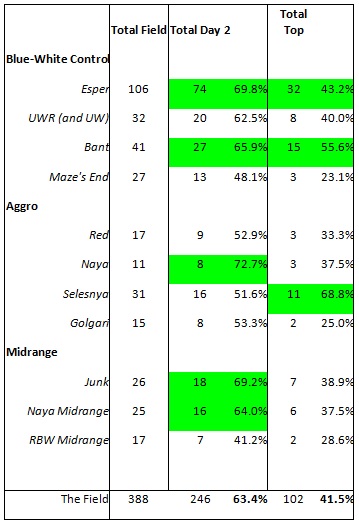
The percentages mark the amount of people who graduated from the previous grouping to the next, i.e. into Day 2 from the field, and into the eighteen-plus group out of the day 2 grouping. The shaded areas represent those archetypes which outperformed a random deck in the field.
In other words, if you were playing red going into day 1, you were better off swapping your deck with a random competitor. When it comes to being in the day 2 crowd, if you weren’t playing Esper, Bant, or Selesnya, you were better off swapping places with a random competitor.
That is actually harsher sounding than the reality, of course. Playing a great version of any archetype is always better than playing a random version of that archetype.
Still, though, it seems like there are some truly clear top decks: Esper, Bant, and Selesnya Aggro at the top, with Naya Aggro, Junk, and Naya Midrange below them. Here are examples of the first three.
Creatures (11)
Planeswalkers (4)
Lands (19)
Spells (26)

Creatures (20)
Lands (23)
Spells (17)

Now, there are going to be a lot of people advocating for different decks as successful decks in Block. They may well be correct. However, these were the most successful decks at the Pro Tour.
If you are interested in the performance of other archetypes, here are all of the results from one recent week’s Daily and Premier Events:
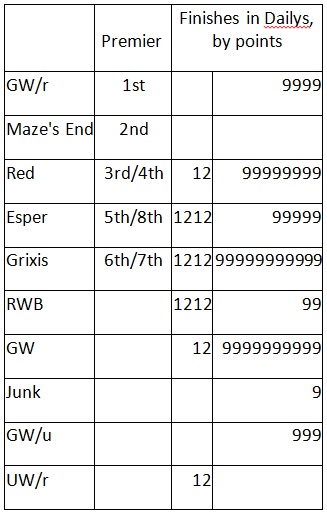
Grixis, while practically non-existent at Pro Tour, certainly has been doing great since the Pro Tour, for example. Of course, this isn’t surprising exactly. One thing that was said to me at the last StarCityGames.com Invitational by Matthias Hunt that I think is true of mixed format Pro Tours: “The best deck is never found at the Pro Tour.” I think he is speaking to mixed format events more than the old days, but even Pro Tour Champion Tom Martell, for example, said that The Aristocrats wasn’t the best deck to play at that event even after winning it with that deck.
Other than Grixis, not much else stands out worth noting other than red greatly outperforming the Pro Tour results. This might be the “MODO Effect,” where a ton more aggressive red decks do well simply because it is accessible and easy to put together. R/W/B is worth noting for a few strong performances (two 4-0s and two 3-1s over the course of six tournaments), but this, combined with its weak showing at Pro Tour, still makes me feel like it might not be worthy of prime time. Grixis does feel worth paying attention to, though, with much more success in the week I measured.
Here is a recent well-performing Grixis list:
Creatures (6)
Planeswalkers (7)
Lands (21)
Spells (26)
- 1 Mountain
- 5 Island
- 3 Syncopate
- 4 Izzet Charm
- 1 Mizzium Mortars
- 2 Dreadbore
- 2 Rakdos's Return
- 2 Counterflux
- 2 Far
- 4 Turn
Sideboard

Building From There
So if the baseline decks are Esper Control, Bant Control, Selesnya Aggro, Grixis Control, Red Aggro, Junk, and various Naya decks, what are the strongest cards from M14 to pay attention to? If we only pay attention to cards that have seemingly made a major impact on Constructed thus far, it is a small list:
White
Blue
Essence Scatter
Jace, Memory Adept
Negate
Black
Doom Blade
Duress
Lifebane Zombie
Shadowborn Demon
Xathrid Necromancer
Red
Green
Elvish Mystic
Garruk, Caller of Beasts
Kalonian Hydra
Scavenging Ooze
Colorless
If we want to stretch, we can also include the following: Archangel of Thune; Fiendslayer Paladin; Chandra, Pyromancer; Chandra’s Phoenix; Shock; and Ratchet Bomb. All of these cards are certainly good, but they haven’t seemed to have as much representation overall as the rest of the cards above.
That is not a particularly large list, of course. And, again, unfortunately for the beatdown player, it does seem to be pretty strongly skewing towards control strategies. This is particularly important when we think about the departure of a certain gem from Avacyn Restored:
There aren’t enough cards in any of the Theros spoilers I’ve seen to build a baseline Esper in new Standard, so it really isn’t worth trying to build a full decklist simply because it will change. More valuable, if you ask me, is to keep following up with Block Constructed and see what emerges. When I think about Esper, for example, I think about something like this:
4 Azorius Charm
2-3 Far // Away
2-3 Aetherling
0-3 Blood Baron of Vizkopa
2-4 Doom Blade
2-3 Detention Sphere
2-4 Ratchet Bomb
2-3 Syncopate
1-3 Negate
0-2 Psychic Strike
0-4 Supreme Verdict
0-4 Jace, Architect of Thought
3-4 Sphinx’s Revelation
27-28 Land
A list like this has room for as many as a dozen cards. Theros, of course, will show us the way for what we need to fill in the blanks. The guidepost, though, is the past.
One of the things that I’ve always looked to when it comes to figuring out the future is the past. Formats may change, even greatly, but what was relevant in the past usually does come back and show us the way to the future—with a twist. When it comes to future Standard, I expect that until the format really grows into itself the first decks of note are going to look at lot like what we’re seeing today in the Block Constructed queues of Magic Online and in the results from Pro Tour Dragon’s Maze. Inspiration can come from anywhere, but it is generally better to stand on the shoulders of giants and accept the past as prologue than struggle every year to reinvent the wheel—because if you check, you might find that someone has already done the hard work of that for you.
Until next time,

